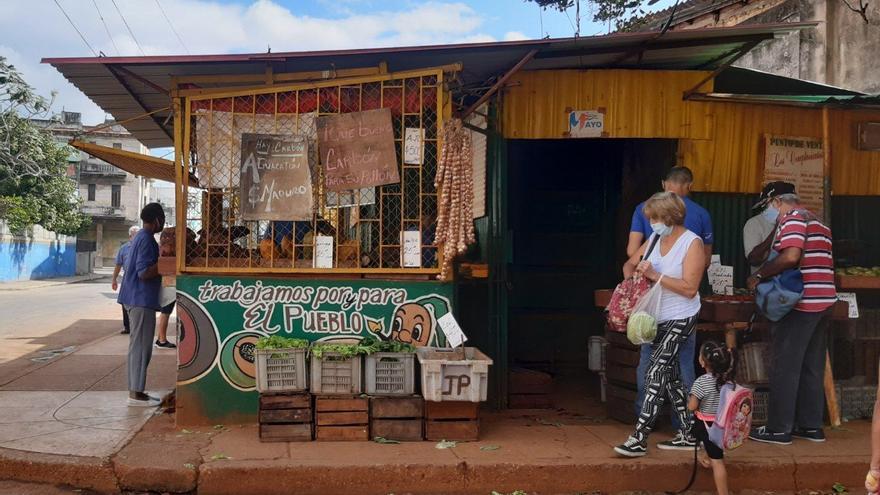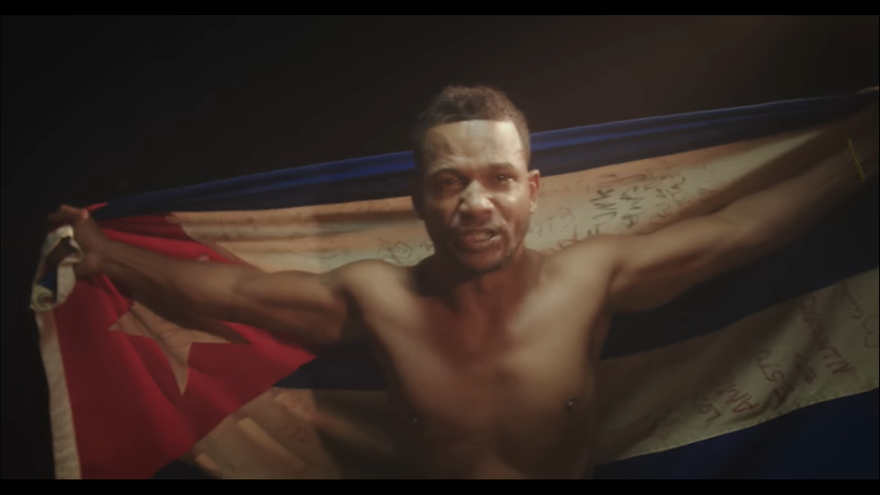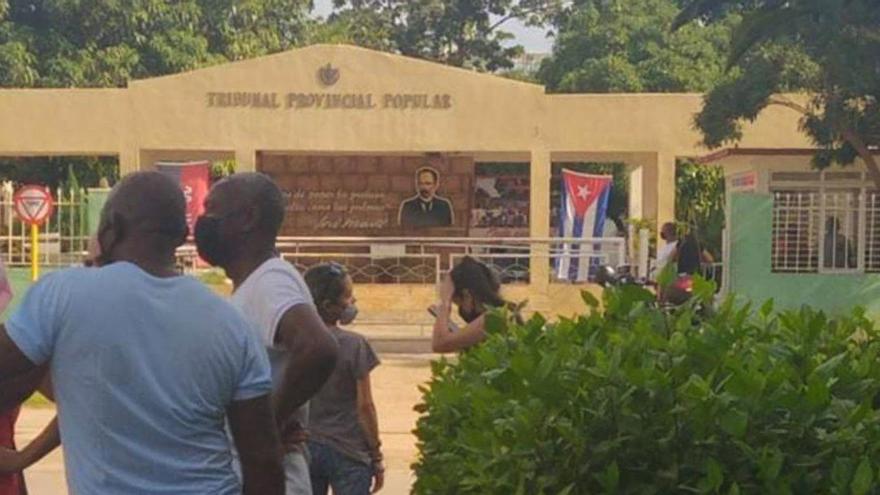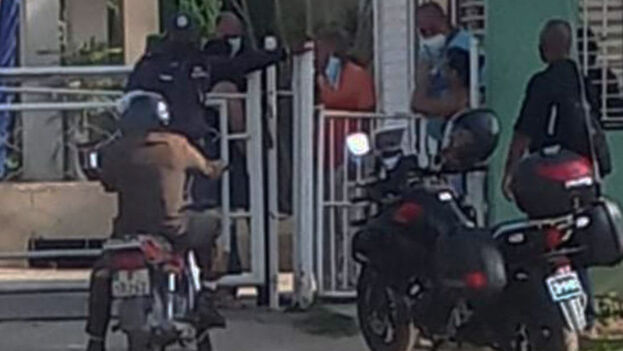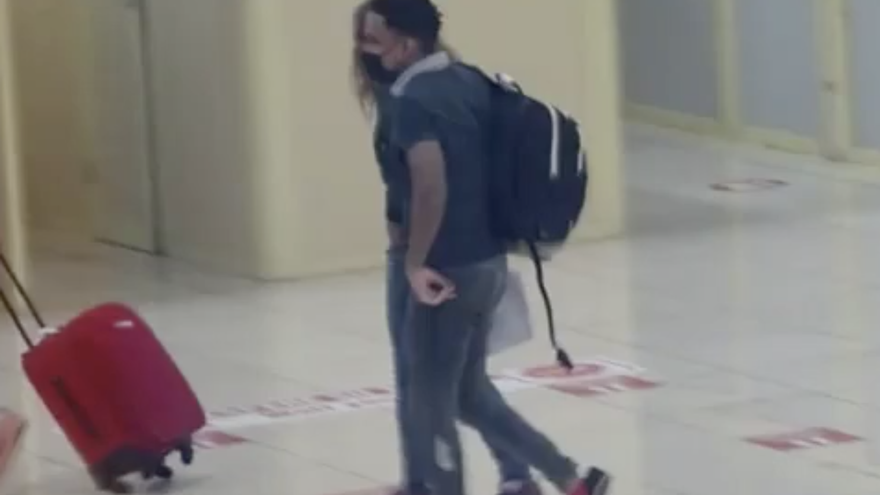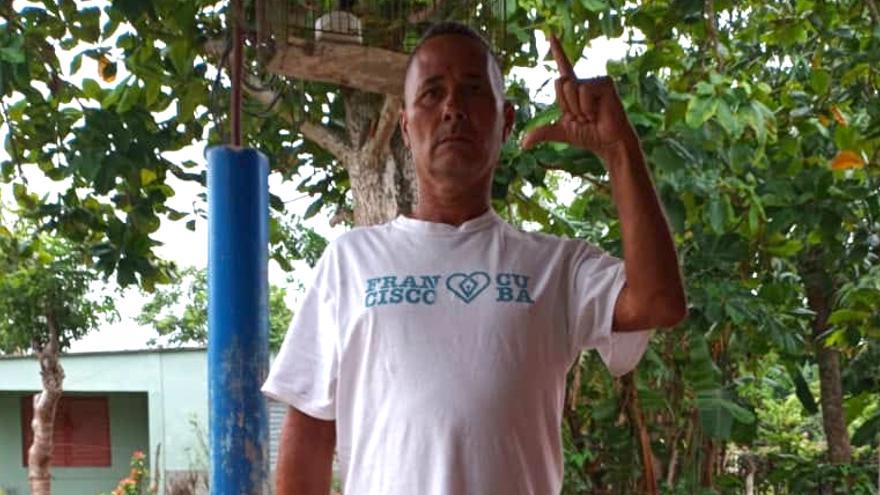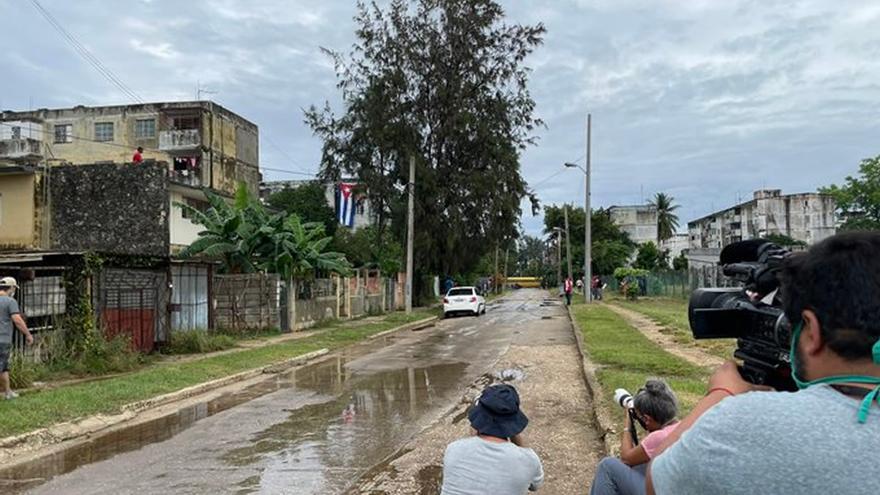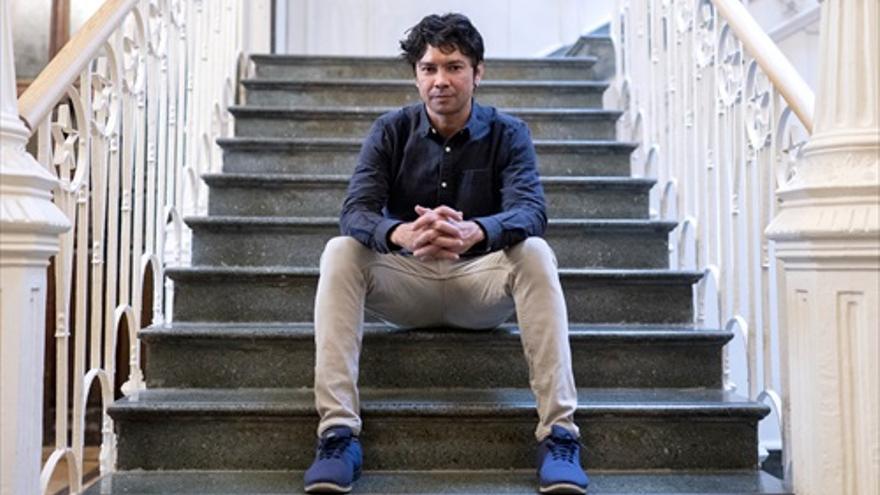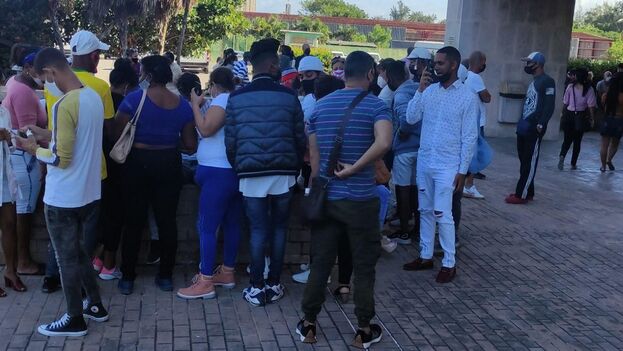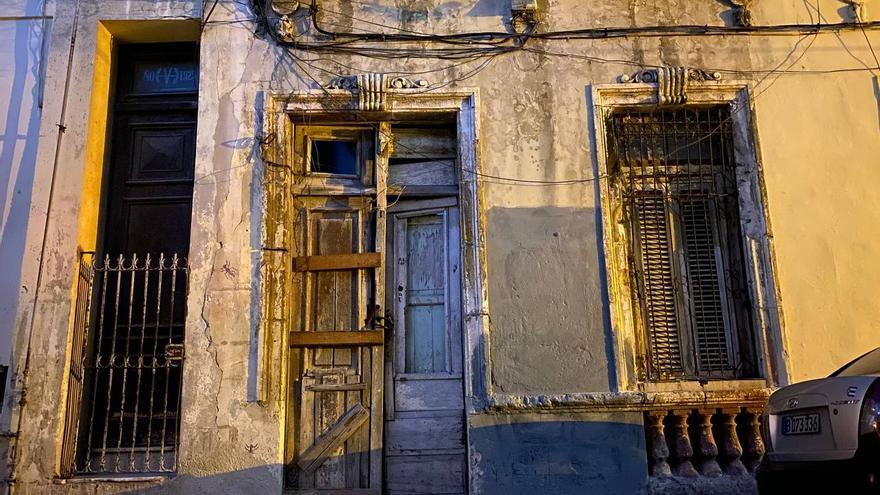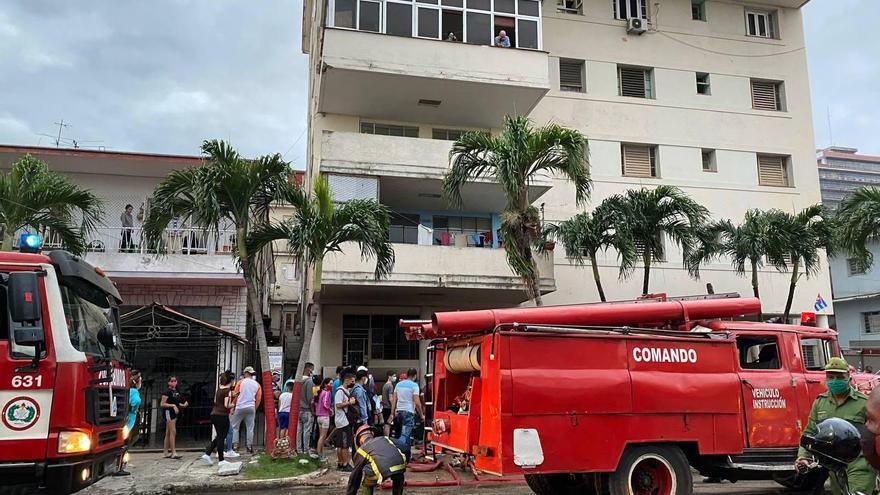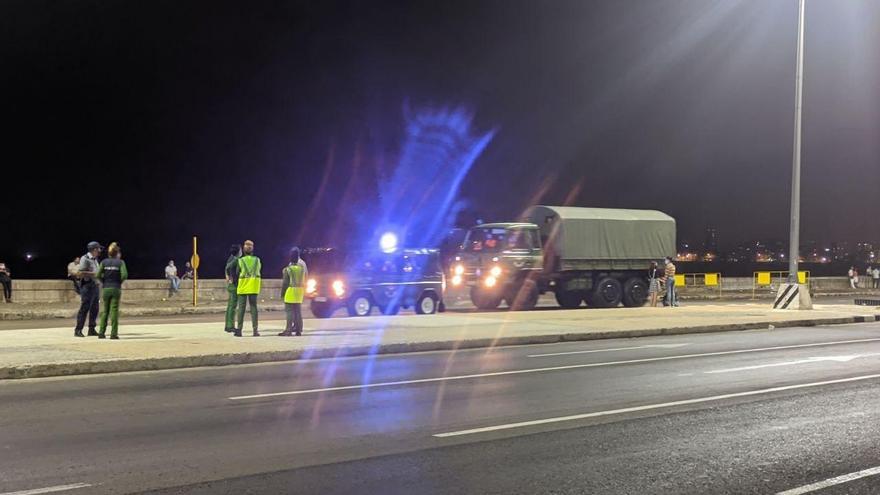
![]() 14ymedio, Havana, 24 November 2021 — After the surprise arrival in Spain of Yunior García Aguilera and his wife, Dayana Prieto, on November 17, the Archipiélago platform, which the playwright helped create, is experiencing difficult times.
14ymedio, Havana, 24 November 2021 — After the surprise arrival in Spain of Yunior García Aguilera and his wife, Dayana Prieto, on November 17, the Archipiélago platform, which the playwright helped create, is experiencing difficult times.
The harassment and repression by Cuban State Security since the call for the Civic March of 15N, (15 November) finally frustrated by the regime, are joined these days by the group’s desertions and criticism of the departure of García Aguilera.
One of the casualties is that of Daniela Rojo, who this Wednesday announced her resignation as coordinator of the platform. The young woman from Guanabacoa, the mother of two small children, who was kidnapped by the political police on November 12 and spent five days in a house of the Ministry of the Interior under the custody of several agents, now describes her decision to separate from the platform as being for “personal and family problems”.
In a post published on her Facebook wall, Rojo said that she has not had any run-ins with members of the opposition group. “My departure from the Archipíelago has nothing to do with a change in my ideas or in my political position,” she said, “but I need to shelter my family, the ones that have suffered the most from this process, especially my children.”
The activist has been one of those most harassed by State Security, which has imposed fines and summoned her to various interrogations. For participating in the demonstration on July 11, she spent 23 days in prison. Earlier this month, she was summoned for an “interview” with the Organ of the Ministry of the Interior responsible for attention to minor children to allegedly show interest in the way she raises her children,” a very subtle form of emotional blackmail that would understandably make any mother give up,” she considered. continue reading
“I will use my time to collaborate in other functions, to be useful as well, but perhaps not as persecuted by State Security as Archipíelago is at the moment,” explained Rojo, who expressed her “respect” for those “who continue in that and all of the projects of the cause of the freedom of Cuba.” And she concluded: “I will continue to advocate from my trench for a plural and democratic Cuba and especially for the release of all political prisoners.”
Before her, on Saturday, Professor Leonardo Fernández Otaño, also moderator of the platform, publicly announced his departure from the Archipíelago, and confessed not sharing “a group of political actions carried out by Yunior García Aguilera since his departure from Cuba.”
“I have always lived the platform as a horizontal and consultation space, but my exercise of criticism was taken as a negative attitude by a good part of the members, which I respect as their genuine intellectual right, but I do not believe that it is democratic or healthy,” he lamented on his social networks.
In any case, his resignation is, he insisted, a “personal exercise” and “free from all pressure,” driven above all by his social vocation to build “the Cuba house.”
Fernández Otaño was also one of those arrested on June 11, when he demonstrated, along with García Aguilera and other activists, at the corner of 23 and M, in front of the building of the Cuban Institute of Radio and Television, in El Vedado, to demand 15 minutes on national television. All were violently arrested and most spent two days in custody.
In addition to being the moderator of the platform, the young professor was also the main coordinator of Ágora, the space for debate that Archipíelago has on Telegram, a responsibility that he also abandoned.
“Today I feel that I have to go back to my books, offer my ear and word to many mothers who are expecting their children,” he said. “The vocation that led me to enter the Archipíelago is still alive as the first day: the intention to support the construction of the social fabric, ask for the release of prisoners and encourage citizen reflection, but I believe in the finite.”
Among those detainees is Humberto Bello, the first protester to take to the streets on November 15. The young man has been processed in a summary and secret trial, in which he has been sentenced to one year in prison, according to the complaint made by the Cubalex legal organization this Tuesday.
A source close to a member of the Archipíelago, who prefers to remain anonymous, details that the pressure from the political police has reached the activists’ family and friends, and that they are focused on many opponents making the decision to leave the country. “They suggested that I speak with the person I know on the platform to promote his departure from the country,” he says. “They also offered me to go to a hotel with that person with all expenses paid during the days of the protests, and thus get them away from the streets.”
At the same time, and after a few days of stupor, the criticism against García Aguilera and Prieto’s decision began to harden.
The art historian Carolina Barrero, a member of the group 27N – as is Yunior García Aguilera — was forceful on her social networks. “What has happened is one of the most irresponsible acts in the history of rebellion in Cuba before and after ’59,” she wrote, without mentioning the name of the playwright at any time.
“It has been said that it is human to be weak, that it is human to break, and yes, one also has the right to be a coward. But if you are, you do not put the trust and responsibility on yourself to sustain the desire for freedom of a whole country, if you cannot hold your pulse, if you abandon yourself at the precise moment you have to be,” Barrero said, and added: “It was not difficult to wait fifteen days to leave or do it fifteen days before. Because from the human point of view I also say that the image in which a visa is collected on the same day and in the same place where it is called to march is incomprehensible.”
____________
COLLABORATE WITH OUR WORK: The 14ymedio team is committed to practicing serious journalism that reflects Cuba’s reality in all its depth. Thank you for joining us on this long journey. We invite you to continue supporting us by becoming a member of 14ymedio now. Together we can continue transforming journalism in Cuba.

